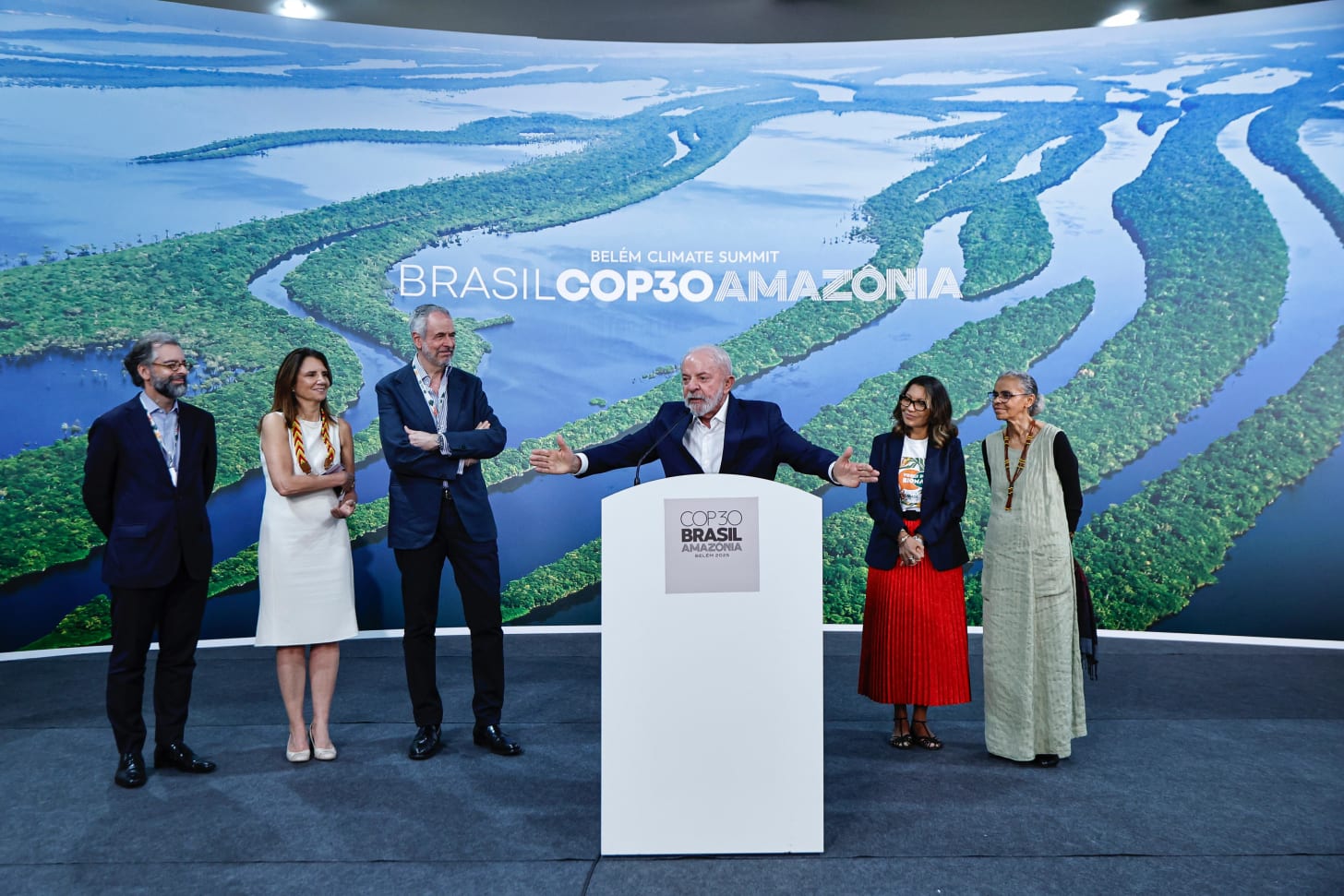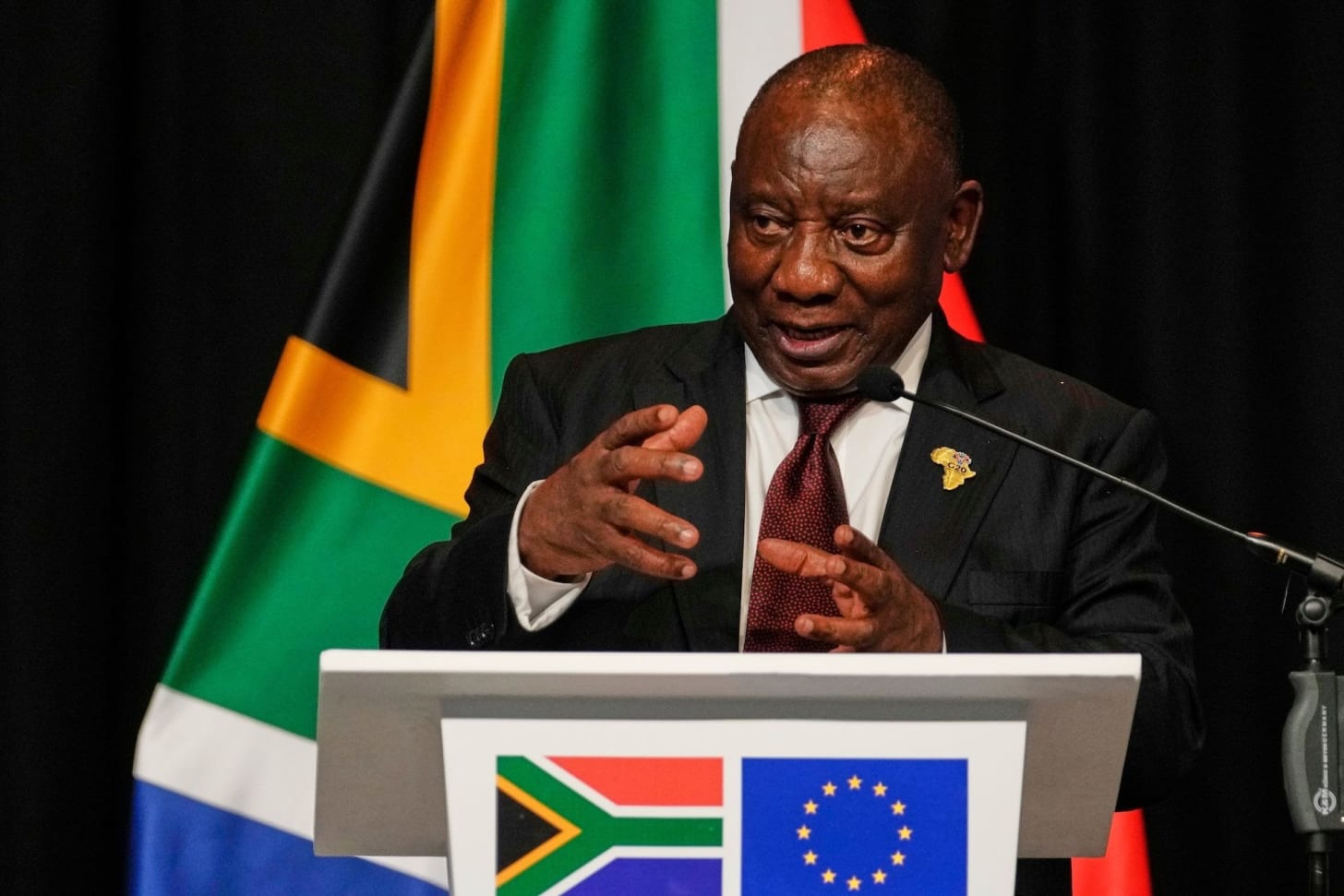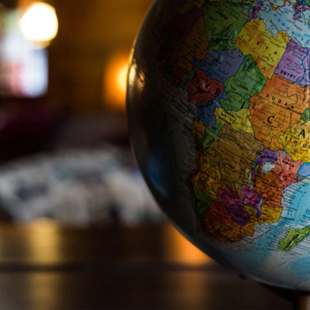Media has been filled this week with reports from two important Summits. Neither offers seemingly good news, I’m afraid. But I shall bring to you the conclusions from the summits – likely in several pieces.
First there is the conclusion of the COP30 at Belém Brazil. At the moment the conclusion is unclear. It turns out, seemingly, to be a at the moment knock down drag em out fight. As described by Pilita Clark at the FT:
“Burning coal, oil and gas is by far the biggest cause of global warming. But the unwieldy nature of COP decision-making means 30 years of these meetings have failed to produce anything like a framework for how and when to wean nations off these fuels.”
“Dozens of governments sought to address this gap by calling in Belém for a fossil fuel transition road map, a move that led participants to spell out the many obstacles currently blocking the transition with clarifying force.”
As reported by John Ainger and Jennifer A Dlouhy at Bloomberg:
“International climate negotiations were in disarray Friday afternoon after Arab nations and Russia objected to further talks on shifting away from fossil fuels and taking stronger steps to counter global warming.”
“The Brazilian officials running the COP30 summit in Belém abruptly halted broad closed-door discussions and directed the UK, China and the European Union to lead smaller huddles on the most challenging issues facing negotiators, specifically finance, trade and climate ambition.”
“Inside the closed meeting, Brazilian officials ruled out discussions on adopting a road map for how countries will transition away from oil, natural gas and coal, according to people familiar with the meeting who asked not to be named because deliberations were private. Roughly 80 countries have demanded the COP30 summit produce some kind of guidelines or formal process for helping the world deliver on its two-year-old promise to transition away from fossil fuels.”
““We’re facing the reality of a no-deal scenario,” said Wopke Hoekstra, the EU’s climate commissioner earlier Friday. “How can anyone who is reading that across the world not be deeply disappointed?””
That’s where the negotiation is at the moment.
Then there is the G20 Summit in South Africa. This Johannesburg gathering is the last summit in the first G20 cycle. The G20 has concluded with a series of annual summits led by the Global South: Indonesia in 2021, India in 2022, Brazil in 2024, and South Africa this year. South Africa has focused on several key global development issues as pointed out by the South Africa think tank, SAIIA, the South Africa Institute for International Affairs. These include, according to the SAIIA:
““Disaster resilience and response: Climate-induced natural disasters have grown in frequency and impact, with developing countries bearing significantly greater costs because of their heightened vulnerability. South Africa’s aim is to push for the scaling up of post-disaster reconstruction.”
“Debt sustainability for low-income countries: South Africa’s aim here is to improve the G20 Common Framework on Debt Sustainability while also dealing with high structural deficits and liquidity challenges. : South Africa’s aim here is to improve the G20 Common Framework on Debt Sustainability while also dealing with high structural deficits and liquidity challenges.”
“Finance for a just energy transition: South Africa has argued that both the quality and quantity of climate finance to developing countries has to increase. Scaling up the financing from multilateral development banks, building support for country platforms, and being able to leverage private capital are seen as crucial aspects to achieve just energy transitions.”
“Harnessing critical minerals for inclusive growth and sustainable development: Critical minerals have risen in importance on the geopolitical scale. Africa holds many critical minerals both for the energy transition as well as for computing and AI. However, this demand could lead to another cycle of minerals extraction like that of the colonial era.””
But the efforts have been hampered by the United States lack of participation in the year-long efforts. With the end of the cycle the restart of the cycle falls to the United States. And of course this is the rub. At the current summit Donald Trump has expressed serious disdain for South Africa and its President, Cyril Ramaphosa. That disapproval from Donald Trump was evident in President Ramaphosa’s visit to Washington and his more recent outbursts of anger. As described by Isa Ras in The Interpreter:
“… he [President Trump] declared once again that he would not participate, invoking discredited claims of “white genocide” and criticising South Africa’s pursuit of Israeli accountability at the International Court of Justice (ICJ). He went further, calling for South Africa to be expelled from the G20, stating:
““It is a total disgrace that the G20 will be held in South Africa. Afrikaners are being killed and slaughtered, and their land and farms are being illegally confiscated … I look forward to hosting the 2026 G20 in Miami, Florida!””
This Trump administration boycott has gone further with officials including the President insisting that the US boycott would preclude any consensus document from being issued by South Africa. Again from The Interpreter:
“The implications of the US absence became more serious when Trump said on the weekend that he would not accept anything beyond the chair’s statement. This means the G20 is now unlikely to reach a leaders’ declaration for the first time since its inception, which could undermine the very purpose of the summit and underscore the limitations of consensus-based models. The leaders’ declaration is the G20’s core output, reflecting agreement and serving as an action plan to address global economic and political issues. A chair’s statement, however, is a more informal outcome document issued by the host country’s chair, and it may be released even without full consensus.”
But whether South Africa and the G19 will accept this or issue a consensus document of the G19, well, let us wait and see.



